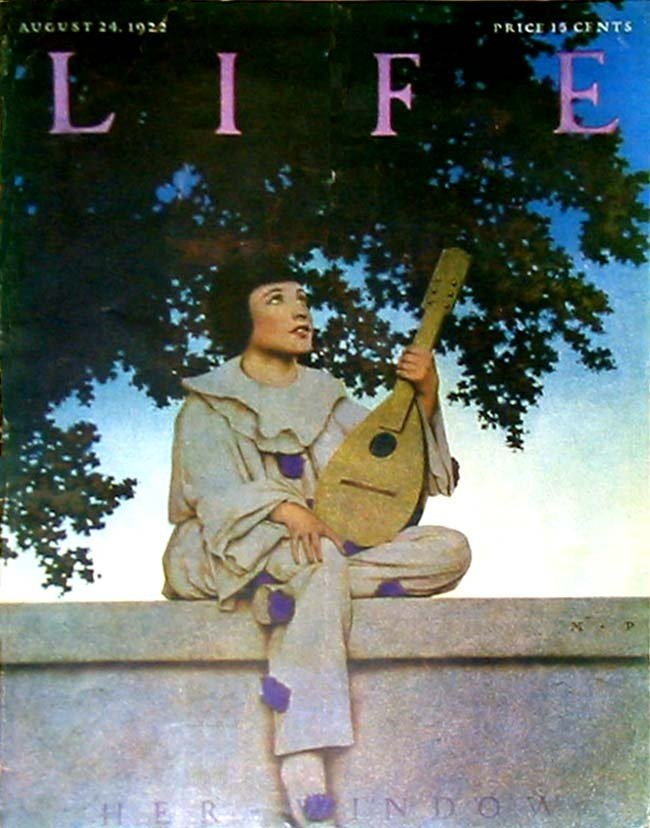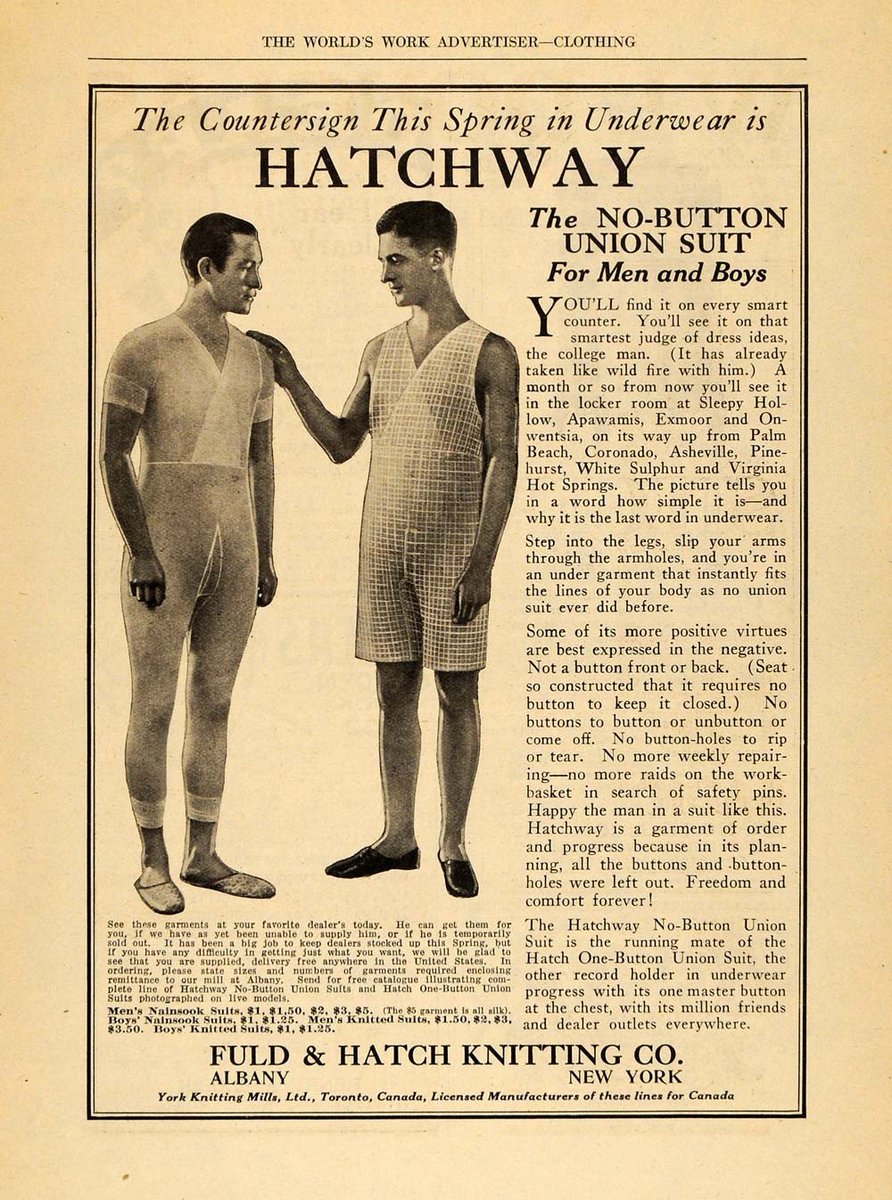Today in pulp I make my predictions for 2022, based on what was happening in 1922!
What goes around comes around...
What goes around comes around...

Streaming services will continue to dominate 2022, so to combat FOMO a new TV channel will launch that shows summaries of all the streaming shows you don't have time to watch any more. 

Wearable Tech will finally go mainstream in 2022, and shop doorways will contain wireless charging stations to encourage more window shopping. 

...leading to mass confusion and cognitive overload as every object starts clamouring for our attention. 

But there will be a boom in pet accessories as people decide to pamper their pets rather than themselves. 

Social media will begin to eat itself in 2022, with rumour and gossip driving out all other topics... 

...and in response we will see a rise in traditional news journalism as people tire of endless clickbait. 

Overall 2022 will be a year in which people try to recover their confidence and agency in a world gone potty! 

Will any of this come to pass? Who knows! I don't, and neither does anyone else who makes 2022 predictions. So let's take this year as we find it, one step at a time! 

• • •
Missing some Tweet in this thread? You can try to
force a refresh





























